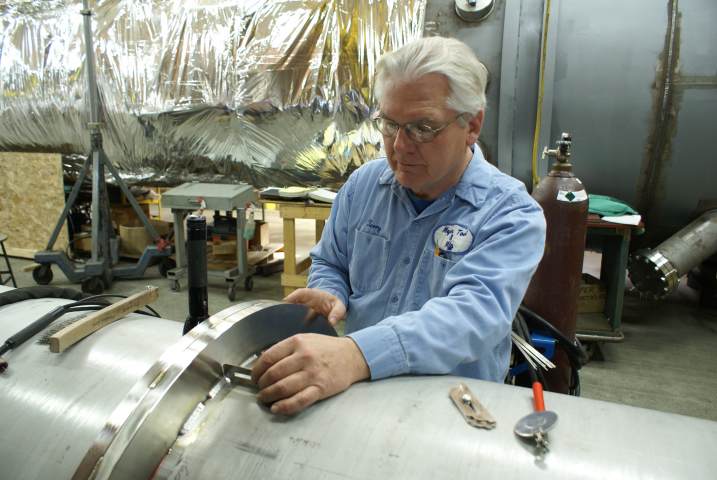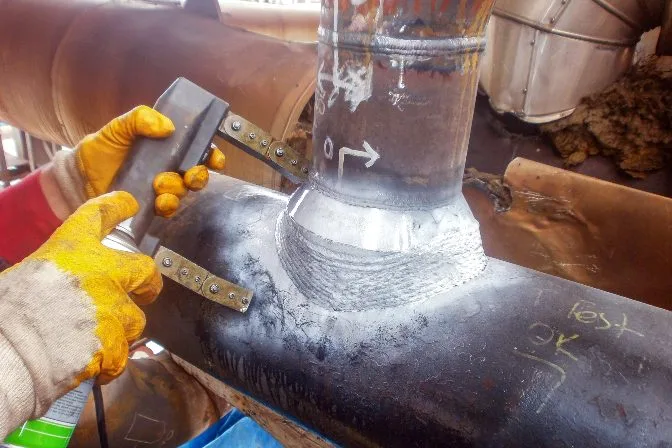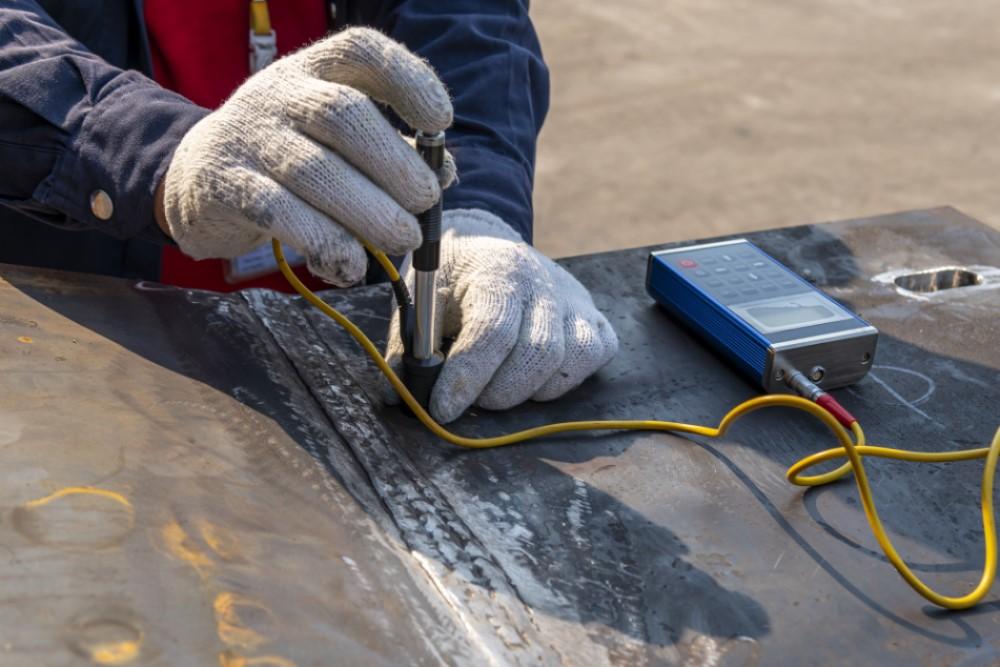A Comprehensive Guide to Understanding Just How Welding Assessment Works: Strategies, Standards, and Best Practices for Quality Control in Steel Fabrication
Comprehending the ins and outs of welding examination is crucial for preserving the integrity of metal fabrication. Different strategies, such as visual and ultrasonic screening, play a crucial role in determining possible defects, while adherence to developed criteria guarantees compliance and durability. Carrying out best practices can considerably improve quality guarantee measures. However, the landscape of welding examination is not without its challenges. What complications emerge in the field, and just how can these be successfully reduced? Exploring these elements reveals the deepness of this important technique.
Importance of Welding Inspection
Although welding is a crucial procedure in numerous markets, its honesty straight affects the safety and security and performance of elements and structures. Reliable welding inspection is important for recognizing flaws that could jeopardize the high quality and resilience of welded joints. This procedure makes sure adherence to developed requirements and standards, which are crucial for keeping architectural stability and functional integrity.
Welding evaluation serves multiple functions, consisting of verifying that the welding process has actually been carried out properly, assessing the top quality of materials made use of, and validating that the finished product meets governing and industry requirements (Houston Welding Inspection). Through extensive inspection, prospective concerns such as porosity, splits, and incomplete fusion can be spotted early, preventing costly repairs and minimizing security risks
Furthermore, regular welding evaluations foster self-confidence amongst stakeholders, including engineers, customers, and governing bodies, by demonstrating a commitment to quality control. The significance of welding examination can not be overemphasized; it is integral not only for compliance with legal demands however additionally for improving the total efficiency of bonded frameworks. Inevitably, a robust welding examination program is an aggressive step that safeguards against failings, making certain the long life and integrity of welded parts in their desired applications.
Usual Welding Evaluation Techniques

Visual assessment is the very first line of defense, enabling inspectors to identify surface area issues such as cracks, damages, or insufficient combination. Radiographic screening makes use of X-rays or gamma rays to disclose interior flaws, making it ideal for complex welds. Ultrasonic testing employs high-frequency acoustic waves to find subsurface defects, offering specific dimensions of weld honesty.
Magnetic fragment screening is efficient for ferromagnetic products, highlighting surface area and near-surface gaps when bits are related to an electromagnetic field. On the other hand, dye penetrant testing utilizes a fluid dye to expose surface-breaking flaws, making certain that even the tiniest flaws are detected.
Each method has its toughness and limitations, usually requiring a combination of methods for thorough assessment - Houston Welding Inspection. By applying these inspection strategies, quality control in metal construction is accomplished, ensuring that bonded frameworks meet security and efficiency criteria
Industry Requirements for Welding


The American Welding Culture (AWS) and the American National Standards Institute (ANSI) are 2 prominent companies that establish welding requirements. AWS D1.1, for instance, outlines the requirements for welding steel structures, while AWS D1.2 concentrates on aluminum. Internationally, the ISO 3834 standard addresses high quality needs check that for fusion welding, giving a structure check that suitable throughout national borders.

Ideal Practices for Quality Control
Quality guarantee in welding is paramount to achieving risk-free and long lasting constructions. Establishing a detailed high quality administration system (QMS) customized to the details welding project is vital.
Regular training and accreditation of welding personnel are crucial for maintaining a competent labor force. Continual education and learning on the most up to date welding techniques and modern technologies makes sure that examiners and welders are knowledgeable regarding present requirements and techniques.
Furthermore, performing pre-weld examinations to evaluate materials and tools can prevent flaws prior to they occur. Houston Welding Inspection. Throughout the welding procedure, real-time monitoring and paperwork of welding criteria aid recognize disparities instantly. Post-weld examinations should include thorough evaluations utilizing non-destructive screening (NDT) approaches to guarantee the stability of the welds
In addition, keeping clear communication among employee advertises a society of top quality. Regular audits and evaluations of the welding process aid determine locations for improvement. By adhering to these finest practices, companies can accomplish optimal quality control, eventually leading to enhanced security and efficiency in steel fabrication tasks.
Challenges in Welding Assessment
Although welding examination is important for making certain structural stability, it provides a selection of difficulties that can make complex the evaluation procedure. One considerable obstacle is the variability in welding strategies and materials made use of, which can impact the uniformity of weld high quality. Various welders might utilize differing techniques, leading to disparities that inspectors need to assess and recognize.
Another difficulty entails the detection of flaws. Non-destructive screening (NDT) methods, such as ultrasonic and radiographic screening, can be complicated and need knowledgeable professionals to translate results precisely. Incorrect positives or negatives can take place, try here possibly causing costly rework or compromised safety and security.
Furthermore, the existence of ecological factors, such as temperature level and humidity, can affect the stability of welds and the efficiency of assessment techniques. Assessors must also navigate the regulatory landscape, making certain compliance with sector requirements, which can differ by jurisdiction and application.
Conclusion
To conclude, welding evaluation plays a crucial function in making certain the honesty and safety of metal fabrication. Using a range of examination methods, sticking to well established industry requirements, and implementing reliable quality monitoring practices jointly boost the dependability of bonded structures. In spite of the challenges dealt with in the examination process, a commitment to continuous renovation and adherence to best methods can significantly boost the quality control framework, cultivating greater confidence amongst stakeholders in the welding industry.
Effective welding assessment is important for determining issues that could compromise the quality and toughness of bonded joints.Moreover, regular welding inspections foster confidence amongst stakeholders, including engineers, customers, and governing bodies, by showing a dedication to top quality assurance.The American Welding Society (AWS) and the American National Criteria Institute (ANSI) are 2 prominent companies that develop welding requirements. Throughout the welding process, real-time tracking and documentation of welding specifications help determine variances immediately. Despite the obstacles encountered in the inspection procedure, a dedication to constant enhancement and adherence to finest practices can dramatically strengthen the high quality assurance structure, promoting greater self-confidence among stakeholders in the welding market.